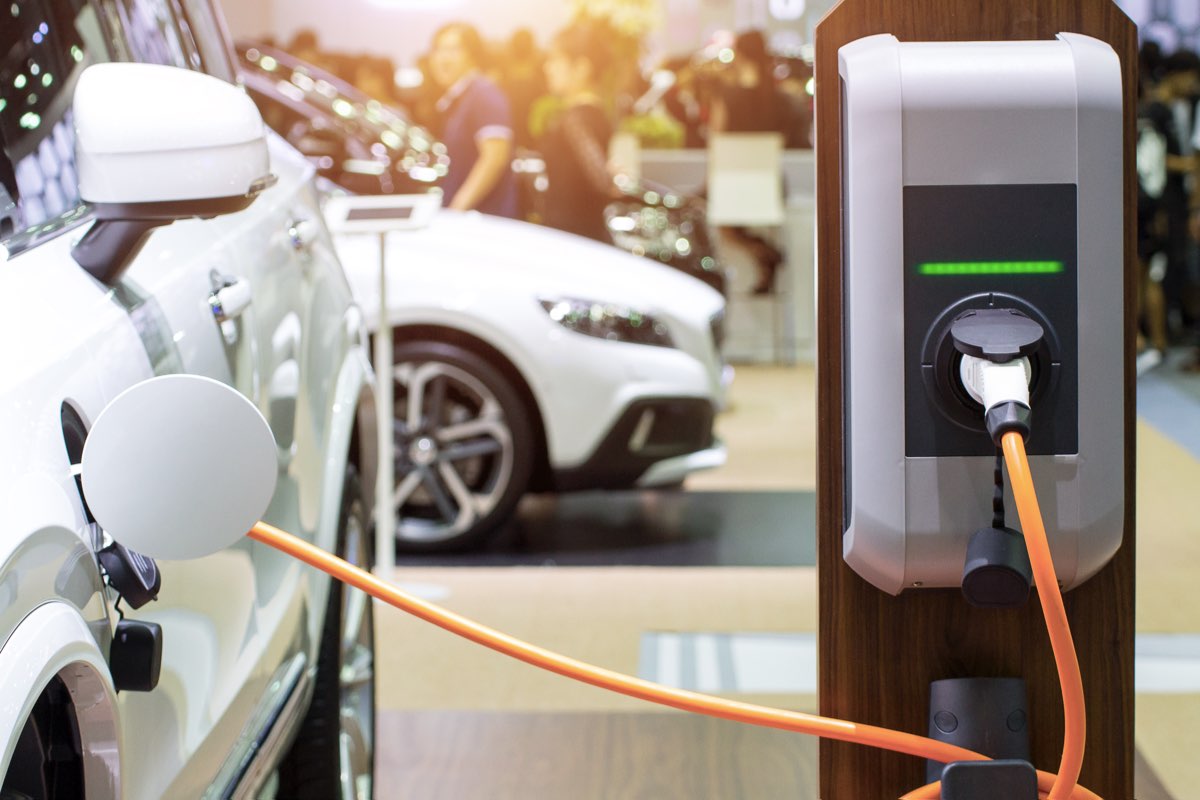Electric vehicles and the future of the grid
Electric vehicle (EV) adoption is at an all-time high. As government emissions targets get more aggressive and auto manufacturers work to meet growing demand for electric vehicles, many industry professionals are forecasting increasing growth in EV adoption for both private and commercial use. We’re not sure exactly what the future will hold for the auto industry, but one thing’s certain: as EV adoption grows, so will demand for electricity.
As EVs gain popularity, there is an increasing push for research to understand the timing, trajectory and implications for utilities. Some studies suggest EVs could make up about half of all light duty vehicles in the US by 2050, but government policy could further influence adoption. Earlier this year, Canada set a goal to sell only zero-emission vehicles by 2040. In order to fill growing demand for electricity and fast-charging abilities, utilities like Manitoba Hydro are planning for the future.
Electric vehicles are just one part of a trend toward electrification that is reducing reliance on fossil fuels. Because of their potential impact on demand, Manitoba Hydro has been studying EVs for years, even experimenting with EVs as early as 1976 — and Edison Electrics had charging stations for electric vehicles in Winnipeg in the early 1900s. Today, several of our fleet vehicles are fully electric and more are plug-in hybrid electric vehicles (PHEVs).
We’ve been keeping on top of the global trend away from fossil fuels and toward electrification to understand the role Manitoba Hydro can play. The additional generation and high-voltage direct current transmission capacity we’re building will help serve customers in Manitoba and MISO as their needs change in response to these trends.
With the Keeyask Generating Station (which will add 695 MW to Manitoba Hydro’s generation capacity), increased transmission to neighbouring provinces, and the Manitoba-Minnesota Transmission Project (which will connect with Minnesota Power’s Great Northern Transmission Line) to be completed upon federal approval, Manitoba Hydro is positioning itself to meet growing demand at home and abroad as EVs continue to grow in market share and other innovations lead to increased demand for low-emission energy. As this demand increases, we will continue to evaluate our portfolio of resources as we look to serve the changing needs of our domestic and wholesale customers.
And since 97% of the electricity generated by Manitoba Hydro is renewable hydropower, we can provide a stable, dispatchable, reliable source of power to deal with the grid impact of charging EVs.
Despite some market uncertainty in the auto industry, one thing’s for sure: whether your EV of choice is a Ford, a Nissan, a Chevy or a Tesla, Manitoba Hydro has the key.

